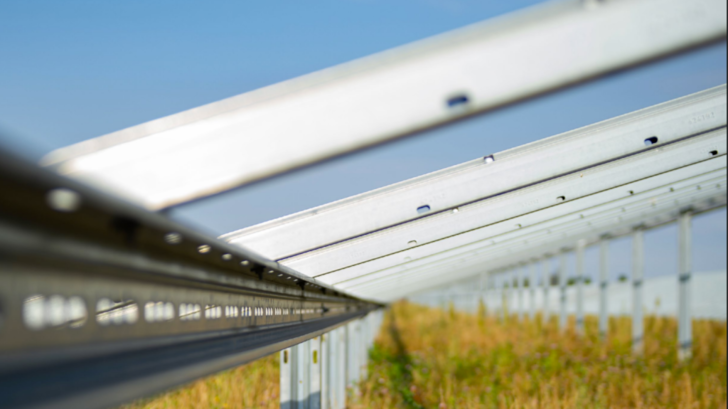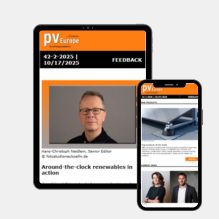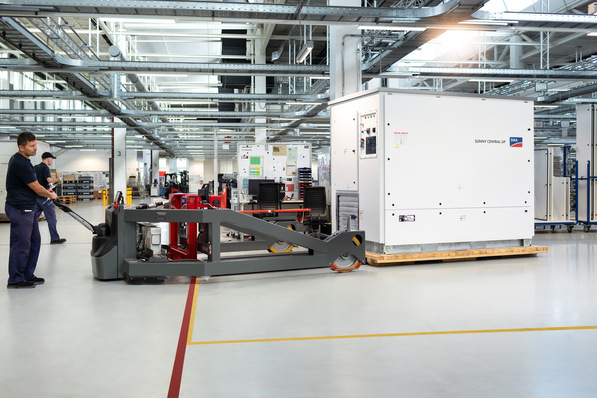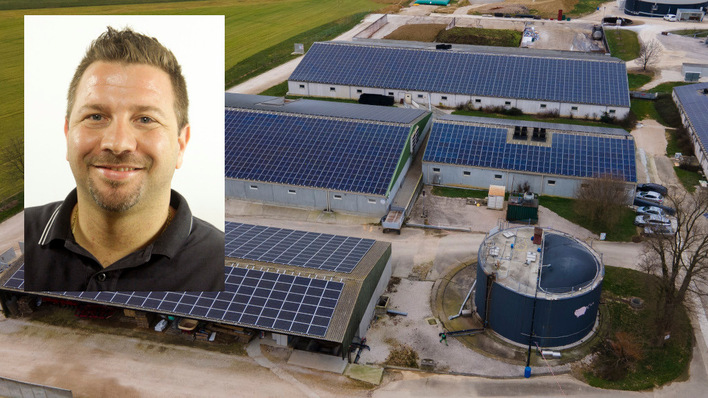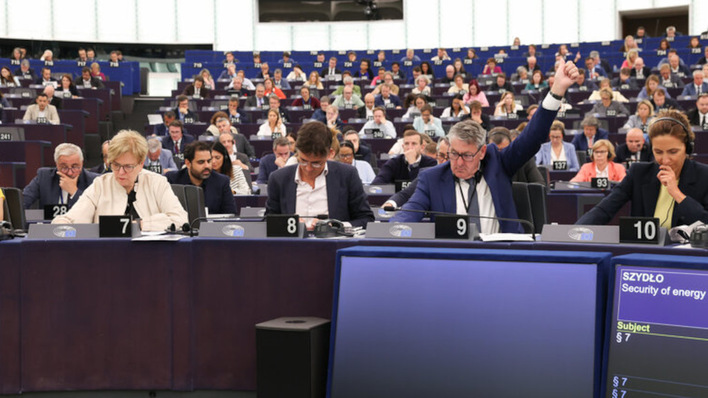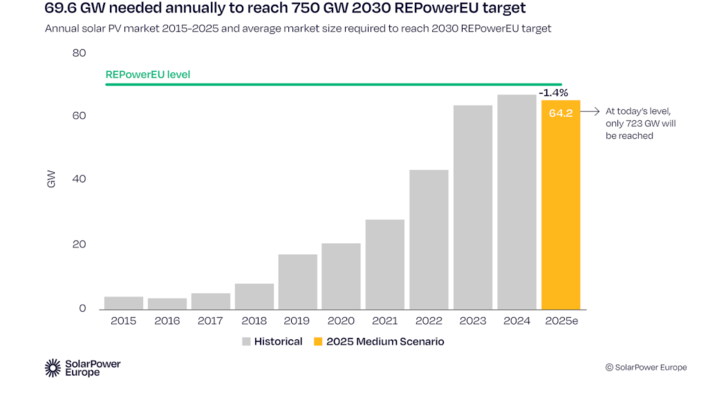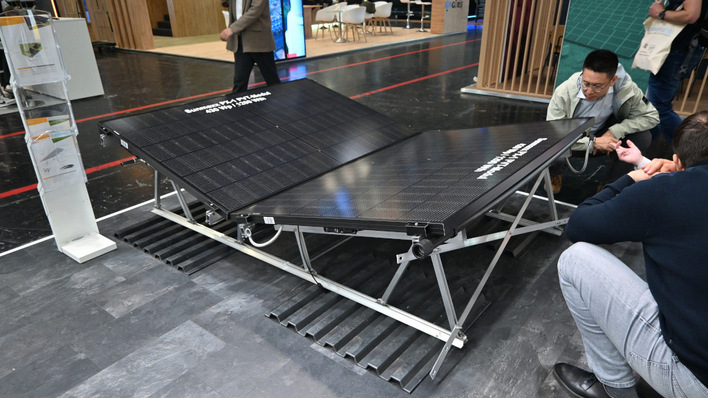A new report from SolarPower Europe maps the market for solar mounting systems in Europe, revealing their critical role in the continent’s solar manufacturing base and in shaping the flexible energy system of tomorrow.
‘Solar Mounting Structures Explained’ details the large EU ecosystem of mounting system providers: upwards of 40 companies in the EU develop mounting solutions across the rooftop and ground-mount segments, as well as façade, Agri-PV, solar carports and other solar PV applications. This includes recognised global market leaders for trackers, fixed ground-mount and rooftop mounting.
K2 Systems – new ideas for solar mounting
Solar mounting systems are components largely made of steel or aluminium that hold solar panels in place and secure them against weather and environmental conditions. Mounting systems determine the angle and orientation of the panels and contribute to the durability of a solar installation. They can be fixed-tilt systems or trackers that follow the path of the sun. In Europe, industry estimates indicate a roughly equal split between fixed and tracking systems for utility-scale projects.
System design to match energy needs
Mounting systems are playing an increasing role in extending the midday solar generation peak into the morning and evening, easing pressure on the grid and strengthening the business case for solar.
Zinco system links PV and green roofs with flexible design
One mounting system option orients the panels east–west, allowing the installation to capture more sunlight in the morning and evening hours rather than at midday. This effect is particularly useful when panels are mounted vertically rather than horizontally, as it improves performance at lower solar angles – a key factor in northern latitudes. ‘Tracking’ systems are another mounting option, and in some cases can deliver up to 30 percent more value (in €/MWh) annually than an equivalent fixed-tilt system.
Policy shift needed for fair support
As part of its report analysis, SolarPower Europe makes several recommendations to strengthen the solar mounting systems segment in Europe. When implementing the Net-Zero Industry Act (NZIA), national authorities should recognise the importance of all types of mounting systems. Half of utility-scale solar projects use fixed-tilt systems, as do nearly all rooftop installations, and 70 percent of relevant companies in Europe manufacture fixed-tilt mounting structures. However, the NZIA currently highlights only tracking systems. SolarPower Europe therefore recommends that national implementation of the NZIA take a broader approach and include all mounting structures.
Standards and traceability tools
In addition, SolarPower Europe recommends developing specific customs codes for both solar mounting structures and trackers to enable better tracking and identification of these components in international trade, as is already done for solar inverters and modules. Finally, the report calls for harmonised and robust quality standards across three key areas – structural integrity, transparency and warranties – to support the creation of a single market for quality mounting systems.
Anywhere Solar launches smart dual-axis PV tracker
Leah Le Pénuizic, Market Analyst at SolarPower Europe, said: “Mounting systems prove to be one of the most enduring segments of European solar manufacturing. However, while Europe is still meeting the bulk of domestic demand for mounting systems, we can see increasing pressure from non-European competitors. We need distinct customs codes for this technology to properly monitor the trade flows, and robust standards to uphold the quality of solar mounting systems across Europe.” (hcn)


